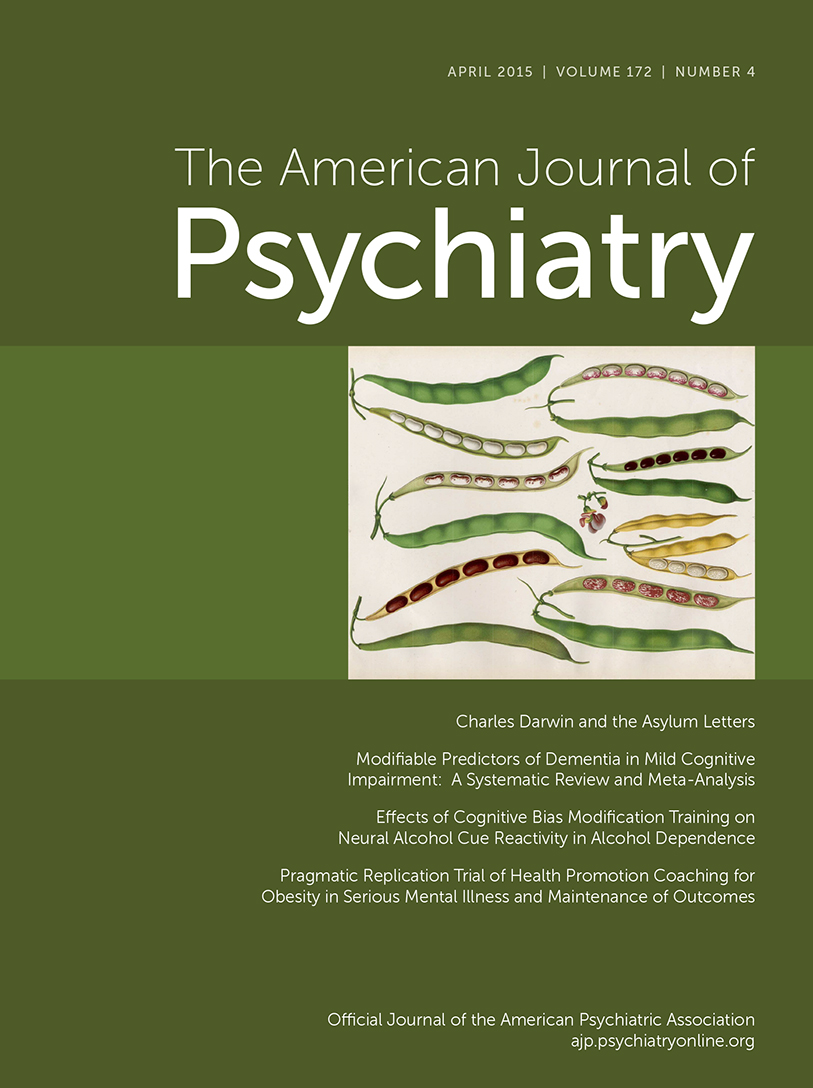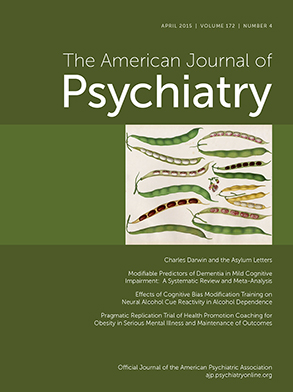T
o the E
ditor: Hofmann et al. express concerns regarding our study on long-term effects of cognitive-behavioral therapy (CBT) and psychodynamic therapy in social anxiety disorder. Hofmann et al. cite a recent “network meta-analysis” by Mayo-Wilson et al. (
1) on the treatment of social anxiety disorder. Drs. Mayo-Wilson and Clark are among the authors of both the meta-analysis and the letter by Hofmann et al. However, this meta-analysis has several severe limitations. Firstly, with regard to psychodynamic therapy, only three studies were included (
2–
4). In the first study, psychodynamic therapy was
superior to credible placebo in the treatment of social anxiety disorder (
2). Mayo-Wilson et al. found the effects of psychodynamic therapy to be similar to that of psychological placebo (
1). This is of note because the study conducted by Knijnik et al. (
2) was the only study that directly compared psychodynamic therapy to psychological placebo. Our study is discussed below (
4). In the third study included by Mayo-Wilson et al., avoidant personality disorder was examined, not social anxiety disorder (
3). Mayo-Wilson et al. did not include a recent randomized controlled trial that found CBT and psychodynamic therapy to be equally efficacious in social anxiety disorder (
5). A recent and more comprehensive meta-analysis reported psychodynamic therapy to be as efficacious in anxiety disorders as other bona fide treatments (
6). In contrast to Mayo-Wilson et al., our study on social anxiety disorder is one of the few studies in which cognitive-behavioral and psychodynamic researchers collaborated on an equal basis (
4). Thus, an investigator allegiance effect was controlled for, and the results can be expected to be more representative than the results of many studies in which proponents of only one approach were included. In their letter, Hofmann et al. critically note that we used the Liebowitz Social Anxiety Scale to assess remission (and response) and not the absence of a social anxiety disorder diagnosis assessed by the Structured Clinical Interview for DSM-IV Axis I Disorders (SCID-I). Remission and response can be assessed in many ways (e.g., by standardized rating scales, by assessing reliable and clinical significant change, or by assessing the absence or presence of a diagnosis). We decided to use the Liebowitz Social Anxiety Scale because it can be expected to yield more reliable data on remission than a qualitative SCID-I diagnosis. Remission and response are assessed by use of established cutoff scores (
4). We described the rationale and the design of our study long before any data were available (
7). Hofmann et al. claim that the loss of patients during the follow-up was significantly higher in the psychodynamic therapy group than in the CBT group, questioning the assumption of missing at random on which multiple imputation is based. They apparently lumped together all losses over the whole follow-up period. However, it is more appropriate to compare the losses for each time of assessment. We did so and did not find a significant difference between CBT and psychodynamic therapy here— since multiple testing is involved, the alpha needs to be adjusted to control for type I error inflation (0.05/4). In order to examine whether estimating missing data by multiple imputation had an effect on the comparison of psychodynamic therapy and CBT with regard to remission and response, we included missing or not (0/1) as a covariate in additional analyses. Whereas the per protocol analysis takes only the data of the per protocol patients into account, this analysis includes both the per protocol patients and the dropouts whose data were estimated by multiple imputation. The analysis examines whether the comparison of CBT and psychodynamic therapy is affected by estimating missing data by multiple imputation. The results were corroborated for the three follow-up assessments with no significant differences (p<0.05) between CBT and psychodynamic therapy.

